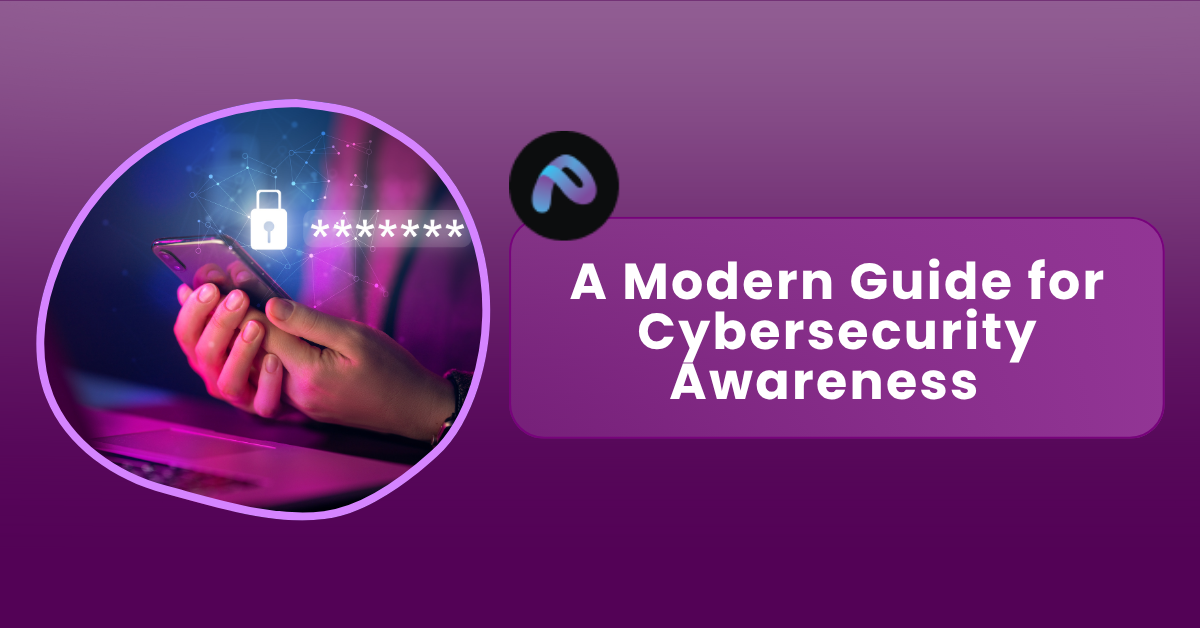Cybersecurity threats continue to evolve rapidly and employees are often the first line of defense or the weakest link when it comes to protecting sensitive company data. Among all threats, phishing remains the most common entry point for attackers. In fact, 2024 Verizon Data Breach Investigations Report (DBIR) found that 68% of breaches involved a human element, with phishing and stolen credentials ranking as the top contributors.
That’s why training employees on phishing awareness and credential hygiene is no longer optional,it’s a business necessity.
Why Phishing and Credential Hygiene Matter
Phishing: Still the #1 Cyber Threat
Phishing attacks use deceptive emails, texts, or websites to trick users into sharing sensitive information or downloading malware. Despite increased awareness, phishing is becoming more sophisticated with AI driven attacks such as personalized spear phishing and deepfake enabled scams. According to IBM’s Cost of a Data Breach 2024 Report, the average cost of a phishing-related breach reached $4.91 million globally.
Credential Hygiene: Protecting Digital Keys
Credentials are the keys to your company’s digital kingdom. Poor practices like reusing passwords, weak passwords, or sharing login details across platforms give attackers easy access. A Google/Harris Poll survey (2024) revealed that 52% of people reuse the same password across multiple accounts a major risk for organizations.
The Rising Cost of Ignoring Training
Failure to train employees can lead to:
- Financial Losses: Cybercrime damages are projected to cost the world $10.5 trillion annually by 2025 (Cybersecurity Ventures).
- Reputation Damage: One breach can erode customer trust overnight.
- Regulatory Fines: Frameworks like GDPR, HIPAA, and CCPA impose severe penalties for compromised data.
Core Areas of Employee Training
1. Recognizing Phishing Attempts
Employees should learn to identify:
- Suspicious email domains (e.g., support@paypal.com vs. support@paypal.com)
- Unexpected attachments or links
- Urgent or threatening language (“Act now or your account will be locked”)
- Requests for sensitive information
Pro Tip: Teach staff to hover over links before clicking and verify URLs.
2. Practicing Good Credential Hygiene
Credential hygiene training should emphasize:
- Using unique passwords for every account
- Creating strong passwords (12+ characters, mix of cases, numbers, symbols)
- Adopting passphrases instead of single words (e.g., BlueTiger$RunsFast2025)
- Storing credentials securely using enterprise password managers
- Enabling Multi Factor Authentication (MFA) wherever possible
3. Reporting and Escalation
Employees must feel empowered to report suspected phishing emails or compromised accounts immediately without fear of blame. A “see something, say something” culture minimizes damage.
4. Real Life Simulations
Running phishing simulation exercises helps employees practice identifying threats in a safe environment. According to Proofpoint’s 2024 Human Factor Report, organizations that conducted regular phishing simulations saw a 40% reduction in successful phishing attempts.
Training Strategies That Work
- Interactive Workshops: Instead of static presentations, use quizzes, role playing, and group activities.
- Gamification: Award points or badges for reporting simulated phishing attempts correctly.
- Micro Learning Modules: Short, 5 minute training videos delivered monthly keep awareness fresh.
- Role Specific Training: Finance teams face invoice scams, while executives may face spear phishing tailor training accordingly.
- Continuous Reinforcement: Cyber threats evolve; training should be ongoing, not a one time event.
Current Trends and Data (2024–2025)
Key Statistics to Know
- 83% of organizations reported phishing attacks in 2024 (Proofpoint).
- AI generated phishing emails have a 70% higher click through rate compared to traditional phishing (Abnormal Security, 2024).
- Passwordless authentication methods (like passkeys) are predicted to replace 25% of business accounts by 2025 (Gartner).
Building a Culture of Cybersecurity
Training alone isn’t enough,it must be part of a company wide security culture. This includes:
- Leadership setting the tone by practicing safe credential habits
- IT teams providing easy to use security tools
- HR integrating security awareness into onboarding and annual refreshers
When security becomes part of the daily workflow, employees are more likely to adopt best practices naturally.
Conclusion
Training employees on phishing and credential hygiene is one of the highest ROI cybersecurity investments organizations can make. With phishing attacks becoming smarter and credential theft remaining the top attack vector, companies must prioritize continuous education, simulations and reinforcement.
Organizations that combine training with strong technical defenses like MFA, password managers, and phishing detection tools are best positioned to minimize risks.Remember: technology protects systems, but awareness protects people. By turning employees into informed defenders rather than easy targets, businesses can significantly reduce their vulnerability to costly cyberattacks.





